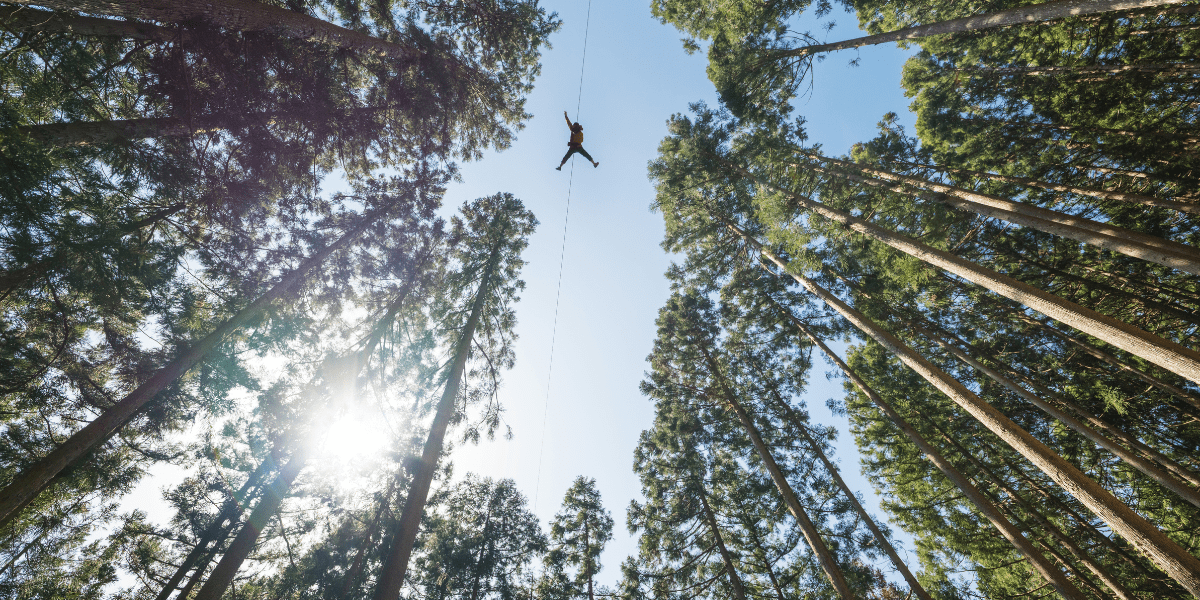
Ziplining has become one of the most popular adventure sports around the world. It is a thrilling activity that involves sliding down a cable while harnessed to it. However, ziplining can be dangerous, especially when the rider comes to a sudden stop at the end of the line. This is where magnetic zipline braking comes in. Unlike traditional braking systems, magnetic zipline braking is safer and more reliable. In this article, we will explore what magnetic zipline braking is, how it works, and its benefits.
What is Magnetic Zipline Braking?
Magnetic zipline braking is a technology that uses magnets to slow down and stop a zipline rider. Unlike traditional braking systems that use friction to slow down the rider, magnetic zipline braking relies on the principles of electromagnetism. This technology has been around for a few years but is gaining popularity due to its safety and reliability. The magnetic zipline brake uses a reaction between a non-conductive metal and magnets called eddy current. the principles itself is very reliable as it is bond to a law of physics.
How Does Magnetic Zipline Braking Work?
Magnetic braking utilizes magnets to make an object slow down or stop. A far superior braking technology than friction, magnetic braking is smooth, reliable, and extremely safe. Because it is friction-free, it also results in longer lasting products with fewer replacement parts.
When a user loads their weight onto one of our devices, centrifugal force sends aluminum rotor arms spinning into the magnetic field of stationary magnets within the device. The movement of aluminum past magnets creates a phenomenon called an “eddy current” within the device. Eddy currents are circular electrical currents, named because they flow like eddies in a river. The force of the eddy currents opposes the force of the magnets, providing resistance and slowing the release of webbing from the device.
Benefits of Magnetic Zipline Braking:
Magnetic zipline braking offers several benefits compared to traditional braking systems. Some of these benefits include:
- Increased Safety: Magnetic zipline braking is much safer than traditional braking systems. It eliminates the risk of sudden stops, which can cause whiplash or other injuries.
- Consistency: Magnetic zipline braking provides a consistent and reliable stopping force. This makes it easier for riders to anticipate the stop, leading to a smoother and more enjoyable ride.
- Reduced Wear and Tear: Traditional braking systems require regular maintenance and replacement of brake pads. Magnetic zipline braking, on the other hand, does not require any physical contact between the rider and the cable, reducing the need for maintenance and replacement.
- Environmentally Friendly: Magnetic zipline braking is a green technology that does not produce any pollution. It is also much quieter than traditional braking systems.

Comparing Magnetic Zipline Braking to Traditional Braking Systems:
Magnetic zipline braking is relatively new, and it is still being compared to traditional braking systems. Here are some of the key differences between magnetic zipline braking and traditional braking systems:
- Safety: As we mentioned earlier, magnetic zipline braking is much safer than traditional braking systems. Traditional systems can cause sudden stops, which can lead to injuries.
- Consistency: Magnetic zipline braking provides a consistent and reliable stopping force. Traditional systems can vary in stopping force, leading to an unpredictable ride.
- Maintenance: Traditional braking systems require regular maintenance and replacement of brake pads. Magnetic zipline braking does not require any physical contact, reducing the need for maintenance and replacement.
- Environmental Impact: Traditional braking systems produce noise and pollution. Magnetic zipline braking is a green technology that produces neither.
What types of Magnetic Zipline Brakes are there?
In the market there are two main types of magnetic zipline brakes available. The traditional end-of-line brake, the zipSTOP brake, brakes the rider ate the end of the zipline. The ZipSTOP Zipline Brake uses a patented magnetic braking system that provides a smooth and controlled stop. The system consists of a magnetic brake pad that attaches to the zipline cable, and a carriage that travels along the cable. When the rider reaches the end of the ride, the carriage engages the brake pad, slowing the rider to a safe stop.
Another even more sophisticated option is the Self-braking magnetic Zipline Trolley. The self-braking Zipline pulley is self-regulating, meaning it adjusts automatically based on the characteristics of the zipline and rider. Since the braking resistance adjusts automatically to zip wire configuration, the magnetic Trolley can accommodate a wide range of ziplines, and thus providing riders a similar and consistent experience. The MAG Brake Trolley is designed specifically for steep, long, and fast zipline courses, enables for the building of long-distance ziplines without a complex braking area.
FAQs:
Q: Is magnetic zipline braking more expensive than traditional braking systems?
A: Magnetic zipline braking is more expensive than traditional braking systems. However, it offers increased safety, reliability, and reduced maintenance costs.
Q: Can magnetic zipline braking be retrofitted to existing zipline systems?
A: Yes, magnetic zipline braking can be retrofitted to existing zipline systems. However, this will require modifications to the existing setup, which may increase costs.
Q: Is magnetic zipline braking suitable for all types of zipline rides?
A: Yes, magnetic zipline braking is suitable for all types of zipline rides, including long and steep rides. The technology is scalable and can be customized to suit the needs of different zipline installations.
Q: How reliable is magnetic zipline braking?
A: Magnetic zipline braking is very reliable. The technology has been extensively tested and has been shown to provide consistent and safe stopping force.
Q: Can magnetic zipline braking be used in other applications besides ziplines?
A: Yes, magnetic zipline braking can be used in other applications that require reliable and consistent stopping force, such as roller coasters, zip coasters, and other thrill rides.
Conclusion:
Magnetic zipline braking is a revolutionary technology that is changing the game in adventure sports. It provides increased safety, reliability, and reduced maintenance costs compared to traditional braking systems. While it may be more expensive, the benefits of magnetic zipline braking make it a worthwhile investment for zipline operators who prioritize the safety and enjoyment of their riders. With its scalability and versatility, magnetic zipline braking has the potential to be a game-changer in other thrill ride applications as well.
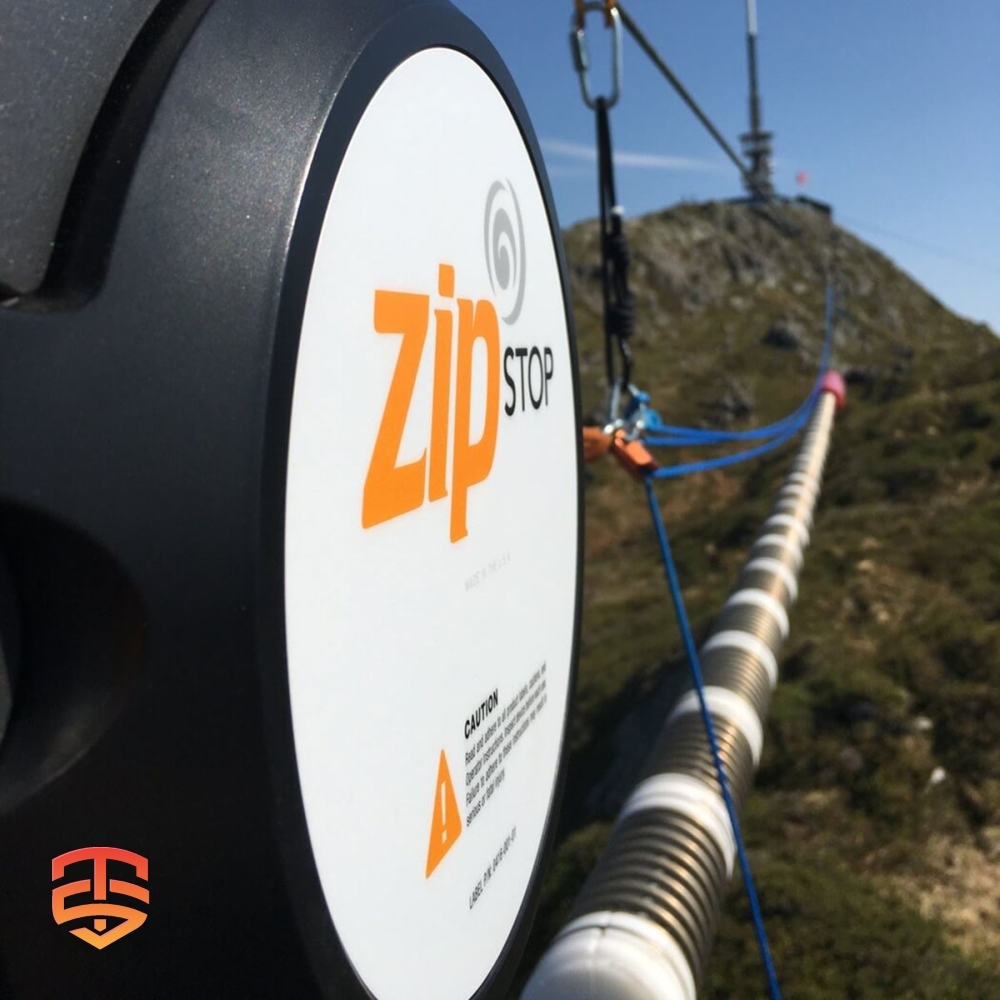
Zipwire braking systems
We offer a full family of zip line brakes that increase throughput with a hands-free braking experience for zip line riders and operators, and a full ecosystem of zip line products to outfit the best zip line builds in the world.
We utilize our patented eddy current magnetic braking technology to create a comfortable braking experience. Magnetic eddy current braking is extremely reliable and low maintenance due to no contacting parts in the braking system.
Beyond the Basics: Unveiling Zipline Technology with Expert Analysis
Intrigued by the potential of Zipline technology? You’ve come to the right place! This article provides a solid foundation. But if you’re eager to delve deeper and gain insights from industry experts, keep reading…
- Zip Line Design: Components for a Complete System
- Considering operating and investing in a zipline?
- 9 Zipline Mistakes You Don’t Know You’re Making
- Magnetic Zipline Braking: A Revolutionary Way to Ensure Safe Rides
- Pros and Cons of Different Zip Line Brakes
- Expert Tips for Zip Line Brake Installations
- White Paper on Zipline Emergency Arrest Devices (EAD)
- The Importance of Optimizing Zip Line Design for Rider Speed
- Does your zip line need an emergency arrest device?
- The Magnetic Self-braking Zipline pulley
- Zipline Braking and landing considerations
- Why Zip Line Trolley Bearings Matter
- Whitepaper: Zipline Braking Dynamics
- Zip Line Installation: Give them the Best Ride
- How to startup a Successful Zip Line Business
-
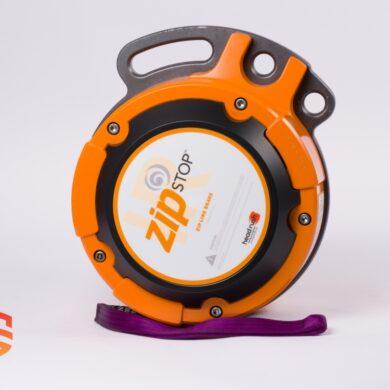 zipSTOP IR Zipline Brake | 24 – 60 kph€ 5.649,00 – € 5.799,00 Ex VAT
zipSTOP IR Zipline Brake | 24 – 60 kph€ 5.649,00 – € 5.799,00 Ex VAT -
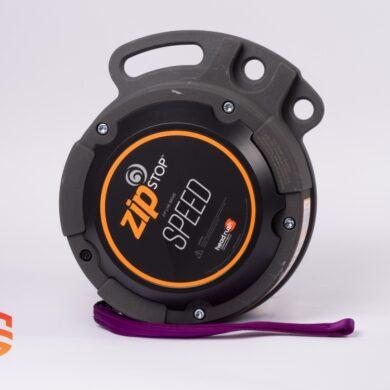 zipSTOP SPEED Zipline Brake | 50 – 72 kph€ 6.099,00 – € 6.349,00 Ex VAT
zipSTOP SPEED Zipline Brake | 50 – 72 kph€ 6.099,00 – € 6.349,00 Ex VAT -
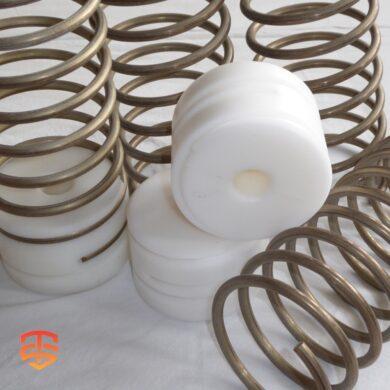 Spring Brake System | Primary & EAD zipline brake€ 80,00 Ex VAT
Spring Brake System | Primary & EAD zipline brake€ 80,00 Ex VAT







